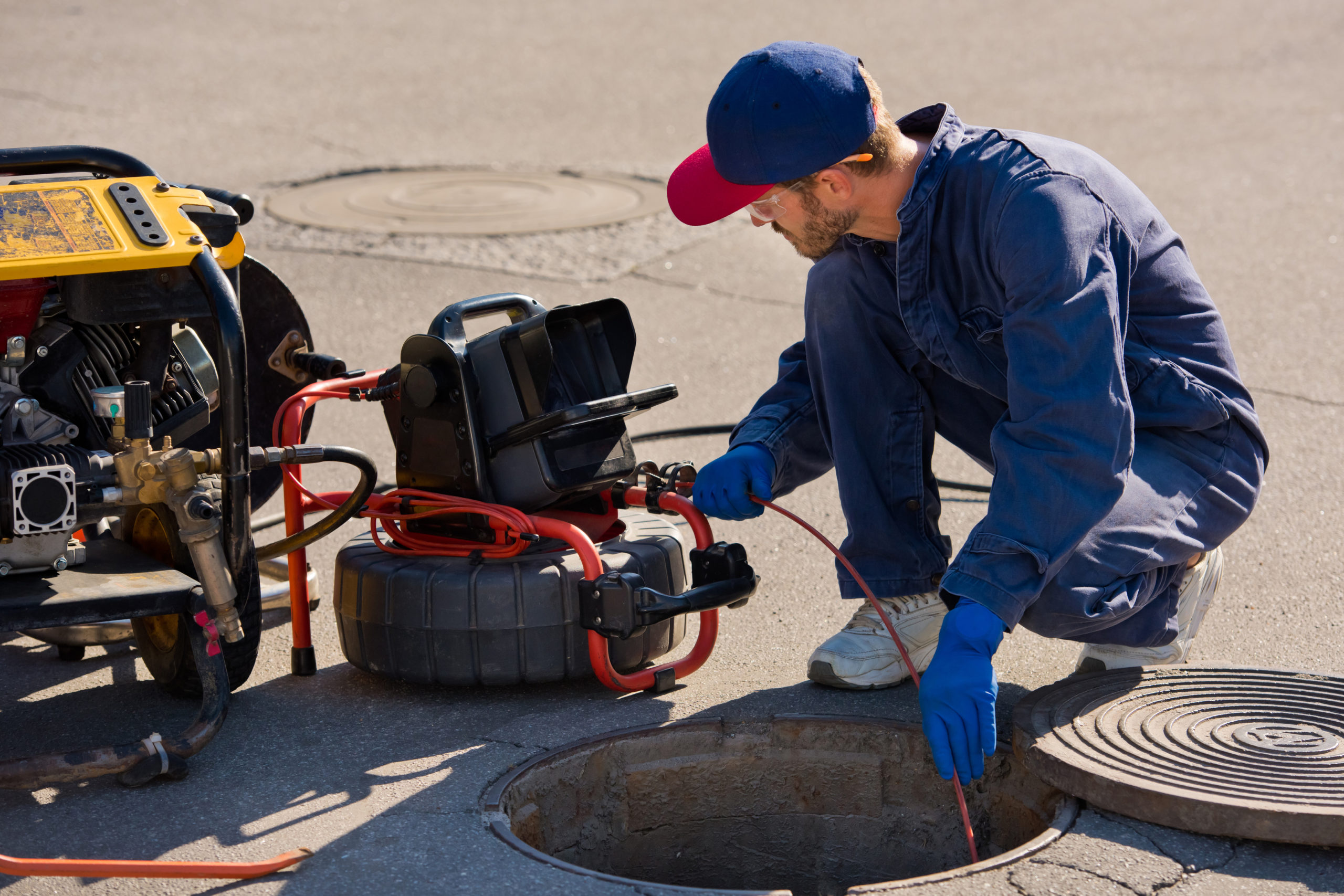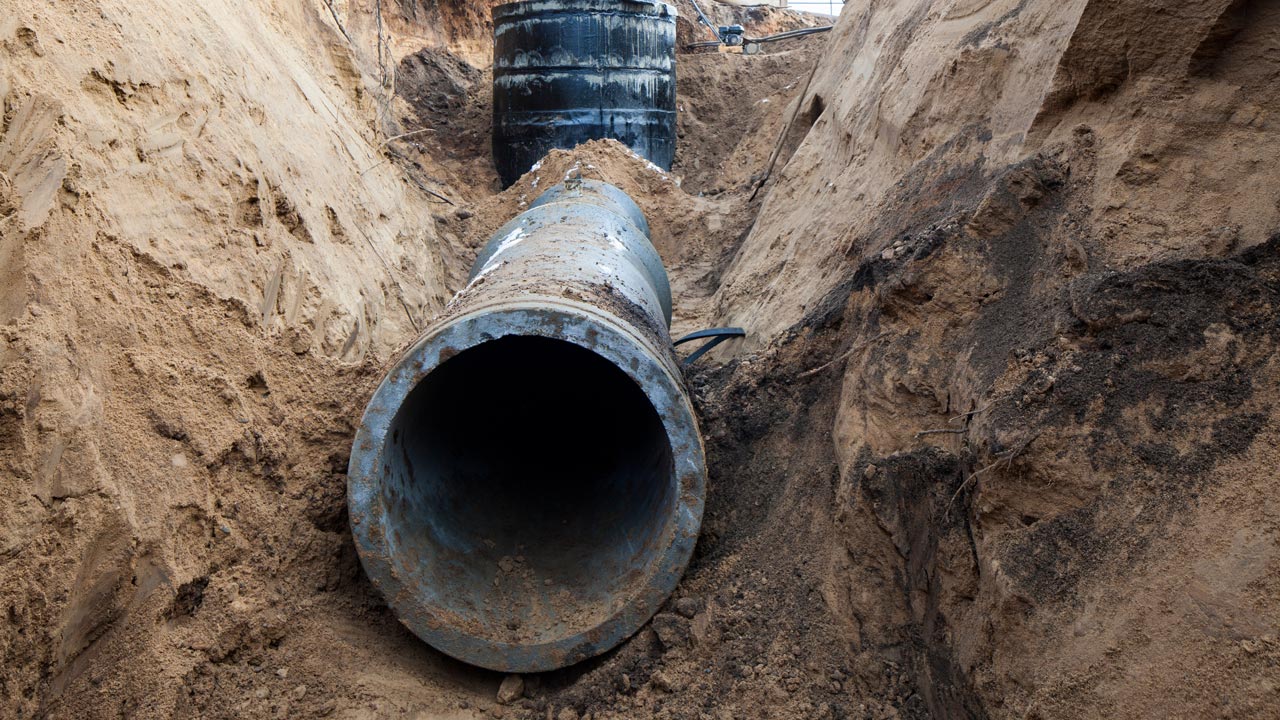Best Practices for Effective Sewage System Line Fixing: Making Certain Long Life and Functionality
When it involves making certain the durability and performance of sewage system lines, taking on best practices is extremely important. Reliable sewage system line fixing starts with a thorough site assessment to precisely diagnose issues, adhered to by selecting fixing approaches that stabilize effectiveness and very little interruption, such as trenchless innovation. The selection of materials and adherence to regional policies during installation are crucial to stop future complications. Furthermore, routine upkeep that includes assessments and making use of enzyme-based cleansers can significantly decrease clogs. Just how can homeowners properly integrate these methods to improve their sewage system systems' efficiency?
Identifying Drain Line Problems
Identifying sewer line problems is a vital action in preserving the stability of a residential property's pipes system. Early discovery of problems can stop extensive damage, pricey repairs, and possible health and wellness dangers. Common indicators of sewage system line problems include slow-draining sinks, gurgling sounds from pipes fixtures, unpleasant odors emanating from drains pipes, and constant toilet backups. Furthermore, lavish spots of lawn or damp areas in the lawn may signify below ground leakages.
Professional assessment usually begins with a thorough visual evaluation. Certified plumbing technicians make use of advanced analysis tools such as sewage system video cameras, which provide real-time video footage of the interior condition of the sewer line. This non-invasive method allows for specific recognition of clogs, splits, root intrusions, and other architectural deficiencies.
Hydrostatic pressure screening is another diagnostic technique, where water stress is related to the sewer system to discover leaks. By pinpointing the precise place and nature of the problem, these techniques make it possible for targeted and reliable interventions.
Recognizing the specific signs and symptoms and their underlying causes is necessary for developing a reliable repair technique. Proactive identification of sewer line concerns not only safeguards the building's worth but likewise ensures the health and wellness of its occupants.
Picking the Right Repair Work Technique
Once sewage system line issues have been properly determined, selecting the suitable repair method ends up being extremely important. Conventional excavation, or "dig and replace," is a sensible option for comprehensive damage or when pipelines are past repair service.
For less severe problems, place repair methods can be employed. These entail targeted solutions to certain broken areas of the pipe, reducing disturbance and expense. Pipe breaking is one more method where a brand-new pipeline is pulled with the old one, breaking the existing pipeline apart. This strategy is reliable for changing pipes with marginal surface interruption.

Each technique has its own collection of advantages and constraints; thus, a comprehensive analysis by a certified expert is necessary to identify the most ideal method. This guarantees not only the instant resolution of problems yet additionally the long-lasting capability and longevity of the sewer system.
Utilizing Trenchless Technology
While conventional techniques of sewer line repair usually call for substantial excavating and interruption, making use of trenchless modern technology uses a much more effective and modern-day option. This ingenious method reduces surface disruption, preserving landscapes, driveways, and various other structures. Trenchless approaches, consisting of pipe bursting and cured-in-place pipe (CIPP) lining, are especially advantageous in city environments where surface interruption can be highly bothersome and expensive.

Furthermore, trenchless technology boosts safety by lowering the demand for deep excavation, which can be dangerous in particular conditions. It also adds to environmental sustainability by minimizing soil displacement and the connected eco-friendly influence. By taking on trenchless methods, homeowners and municipalities can attain sturdy sewer line repair work with much less aggravation, changing the means we approach essential facilities upkeep. This dynamic innovation thus makes sure durability and performance in sewage system line systems without the drawbacks of conventional excavation.
Making Certain Proper Installation
Making sure appropriate setup of sewer lines, particularly when using trenchless technology, requires careful planning and adherence to ideal methods. The initial action includes an extensive website examination and analysis. This includes recognizing the existing pipe's condition, drawing up the drain system, and establishing the dirt type and groundwater degrees. Precise diagnostics are essential to picking the suitable trenchless approach, whether pipe bursting, slide lining, or cured-in-place pipe (CIPP)
When the ideal method is selected, accuracy in execution is vital. In pipe bursting, making sure that the brand-new pipe material is suitable with the breaking head and that the pulling devices is adjusted correctly is necessary. Similarly, in CIPP, the liner has to be appropriately fertilized with material and cured at the appropriate temperature and period to create a limited, sturdy seal.
Additionally, correct installation likewise necessitates adherence to local guidelines and criteria, which govern aspects such as pipe material specs, joint honesty, and appropriate methods for trenchless installations. Guaranteeing conformity with these criteria not just boosts the system's longevity but also reduces future legal and functional concerns. By focusing on these vital aspects, sewage system line fixings can attain ideal performance and toughness.
Regular Upkeep Tips
Regular upkeep of sewer lines is important for protecting against expensive repair work and making sure the system's long life. These evaluations can properly diagnose obstructions, cracks, and various other surprise problems within the drain lines.
In addition, property owners and building managers need to routinely flush their sewer lines with water to aid clear minor clogs brought on by accumulated debris (sewer line inspection ct). This can be matched by utilizing enzyme-based cleansers month-to-month to damage down natural product without damaging the pipelines. It is additionally advisable to avoid flushing non-degradable items such as wipes, feminine health items, and grease, as they can cause significant blockages and damage

Conclusion
Implementing ideal methods for drain line repair work involves thorough website assessments and the tactical selection of fixing techniques, such as trenchless innovation, to minimize disturbances and improve safety. Ensuring correct setup with compatible products and adherence to regional regulations is essential for durability. Normal maintenance, including yearly evaluations, flushing, and using enzyme-based cleansers, plays an important role in stopping obstructions and expanding the life of the drain system, thus making certain ideal capability and decreasing future repair requirements.
Reliable drain line fixing begins with a thorough site inspection to properly diagnose concerns, followed by choosing repair approaches that balance efficiency and minimal interruption, such as trenchless modern technology. Certified plumbings use innovative diagnostic devices such as sewer electronic cameras, which provide real-time video footage of the indoor problem of the sewer line.When sewage system line concerns have been accurately recognized, picking the suitable repair service approach becomes vital.While typical methods of drain line repair commonly call for extensive digging and interruption, using trenchless modern technology supplies a more modern and efficient option.Carrying out ideal techniques for sewage system line fixing entails thorough website examinations and the critical option of fixing approaches, such as trenchless modern technology, to decrease disturbances and boost safety and security.
Comments on “Checking Out Advanced Technologies in Sewer Line Inspection CT”